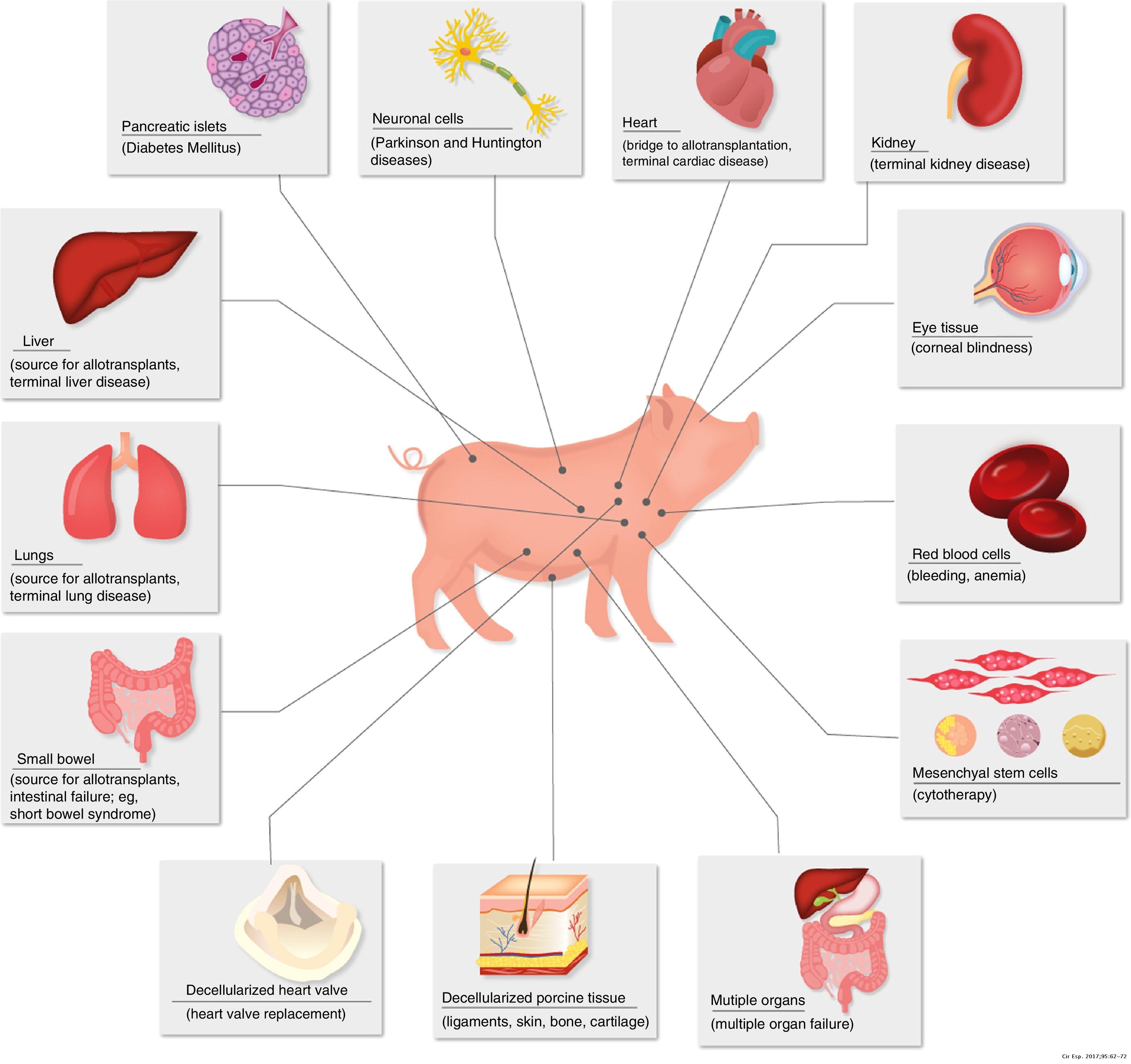What is xenotransplantation?
Xenotransplantation is a medical procedure in which living cells, tissues or organs from one species of animal are inserted into another species, including human beings. Such cells, tissues or organs are called xenografts or xenotransplants. Xenotransplantation is especially useful when there are not enough human organs or donors available during an emergency situation.Unfortunately, xenotransplantation can be risky because of the possibility of transmission of diseases between the two species. For example, the pig is a common source of xenografts because of its anatomical and physiological similarities to humans. However, pigs can carry viruses that are harmless to them but can be deadly to humans. To prevent this from occurring, scientists must genetically modify the pigs to make them more suitable for xenotransplantation.
A History of Xenotransplantation
Xenotransplantation was first attempted in the early 1900s, a time in which there was no human organ donations due to ethical concerns. The transplantation was largely ineffective because of the genetic mismatch.The first successful xenotransplantation was performed in 1964 by Dr. Keith Reemtsma, who transplanted a chimpanzee kidney into a human. The patient survived for nine months before dying of pneumonia.
Why pigs?
Around 90% of the time, you'll hear that pigs are used as organ donors for xenotransplantation. Why is that?First, pigs are anatomically and physiologically similar to humans. They have similar organ sizes and functions, and their organs are easy to obtain. Pigs are also easy to breed and have a short gestation period, which means that they can be bred quickly and in large numbers. Having already been used in other areas in the medicine world, such as for insulin, heart valves, and hormones, pigs have been extensively researched. Since pigs are already used as food, there is less ethical concerns when it comes to using them for a more important cause.
The process to make pig organs suitable for human use is long and arduous. Since pig organs have different proteins and sugars than human organs, the human body will detect the pig organs as foreign entities, causing an immune response. The B-cells and T-cells in the immune system will start to destroy the organs, causing the transplant to result in failure. By adding human proteins to the organs and removing harmful ones, the risk of rejection is highly diminished. Through genetic modification using CRISPR, a gene-editing tool, researchers have been able to remove pig retroviruses and reduce the risk of viral infection after transplantation.
A Recent Breakthrough in Xenotransplantation
On July 14, 2023, researchers at NYU Langone transplanted a pig kidney into a 58-year-old man. Although the man was not alive and had been declared dead by neurologic criteria (brain dead), the kidney continued to function correctly for two months, the longest a pig kidney has ever survived inside the human body.To make this possible, the team removed a gene from the patient's body that would have caused the immune system to reject the kidney. Additionally, the pig's thymus gland remained attached to the kidney, preventing the immune system from attacking the kidney. While the patient's immune system did start a mild rejection process one month into the experiment, an immunosuppression medication resolved the issue.
We are only starting to see the beginnings of a new era in medicine. Xenotransplantation is far from ready to be used commercially, but with the first success, we are closer to transplanting animal organs into humans than ever before.
